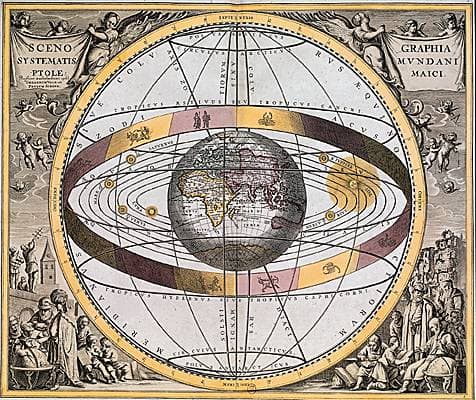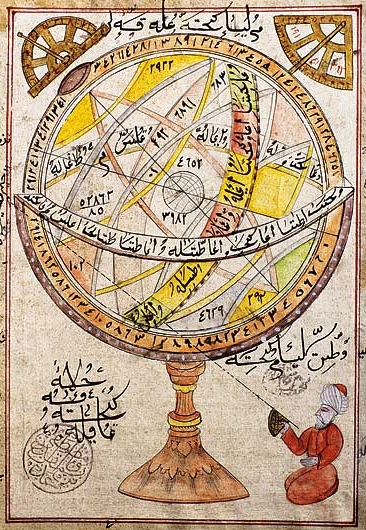Ptolemy’s Almagest and other astronomical works (IInd century AD)
le 25 novembre 2022, 11h à 13h, Guillaume Loizelet, salle Jules Verne, OMP, site Belin
Using the available databases, it was possible for ancient « astronomers » to propose models to account for observable celestial movements. The climax of these attempts is undoubtedly the great mathematical synthesis (known as the Almagest) written in Greek by the Alexandrian Ptolemy in the second century of our era. In this session, I will first detail the outline of this major work, whose importance is such that it literally obliterated the attempts of its predecessors and was used as the reference work until the modern period. I will then highlight some of the specificities of Ptolemaic astronomy and conclude by extending the discussion to the whole of Ptolemy’s astronomical texts.






